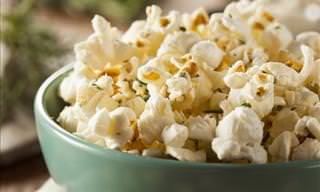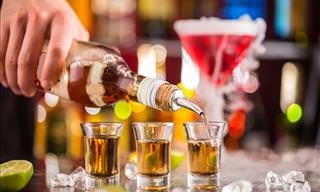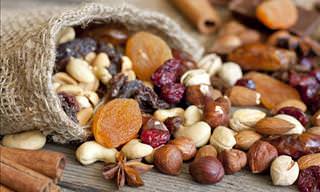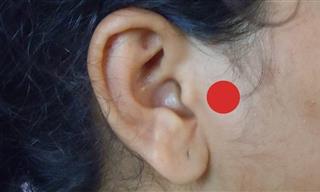1. Olestra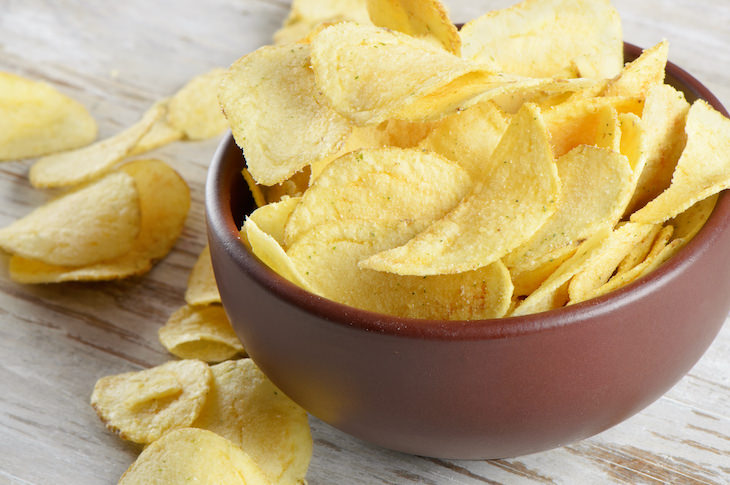
Olestra, or Olean, is a cholesterol-free synthetic fat that was approved by the FDA in the late 1990s. This fat substitute is used in the preparation of savory snacks like potato chips and French fries as a way to reduce their fat content.
Olestra passes through the digestive tract, so it provides no calories. This may sound positive, but Olestra can cause extremely unpleasant digestive reactions like diarrhea, abdominal cramps, and gas. Symptoms can be severe, depending on how much of the compound was eaten. Nutritionists note that Olestra can reduce the body’s ability to absorb fat-soluble vitamins, namely vitamins A, D, E, and K. While Olestra is banned in Canada, the United Kingdom, and other countries, it is readily available in the US.
2. Dough Conditioners
Dough conditioners, such as potassium bromate and azodicarbonamide (ADC), are chemicals used to improve the strength and texture of bread dough. Bromate is a possible human carcinogen, which is why it is banned in the European Union, Canada, China, South Korea, and some South American countries. Many food manufacturers in the US have stopped using it as well, even though the FDA still approves its use under specific conditions.
ADC has been linked to cancer risk too. The FDA continually evaluates the safe use of this conditioner and enforces a maximum allowable level for its use in flour, bread, and rolls. However, ADC is banned in Europe, Australia, and Singapore.
Related: 11 Carcinogenic Materials Found In Most of Our Homes
3. Brominated Vegetable Oil (BVO)
This food additive has long been banned in Europe and Japan, but in the US, it’s labeled as “generally recognized as safe,” or GRAS. Health concerns surrounding BVO stem from one ingredient: bromine. Bromine has been shown to accumulate in human tissues and irritate the skin and mucous membranes. Ingesting large amounts of bromine is linked to even scarier side effects like memory loss, an increased risk of iodine deficiency, autoimmune diseases, and certain cancers.
BVO usually turns up in colorful sports drinks and sodas, as well as supposedly healthy snacks. Several companies in the US removed it from their beverages, but it is still on the FDA GRAS list.
4. rBGH and rBST Growth Hormone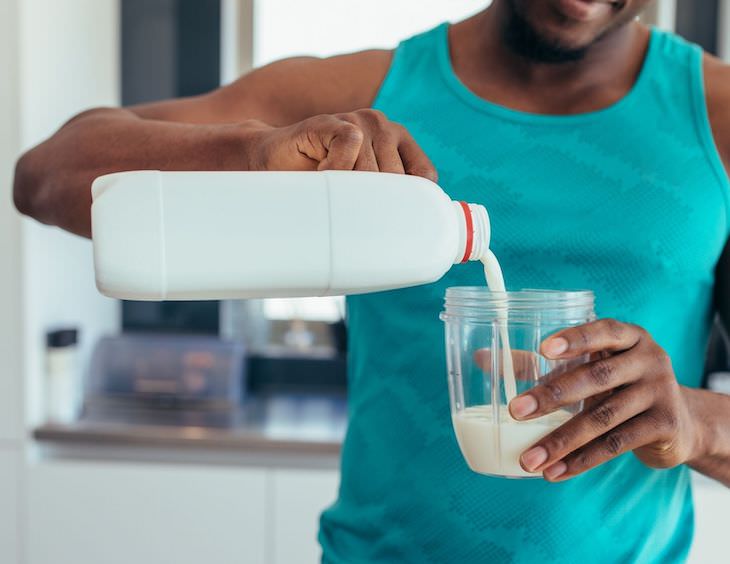
rBGH and rBST are hormones injected into dairy cows to increase milk production. This practice is widely used in the US, despite the fact that these hormones increase IGF-1 (a growth hormone) levels in humans, which is linked to a higher risk of breast cancer, prostate cancer, and colon cancer.
Additionally, cows treated with rBGH and rBST are more likely to develop an udder infection requiring treatment with antibiotics. The safest way to go is to choose organic, hormone-, and antibiotic-free milk.
5. Arsenic
The arsenic-based drug roxarsone was routinely used in chickens in the US until July 2011, when Pfizer decided to stop selling it. However, there is no actual ban on the use of arsenic in the raising of chickens for food. This is unfortunate, as research shows that chronic exposure to arsenic can lead to anemia and kidney damage. It can also increase the risk for certain cancers, miscarriages, and birth defects. The EU has banned the use of arsenic-based ingredients. Still, many chicken products in the US contain arsenic.
6. Diphenylamine (DPA)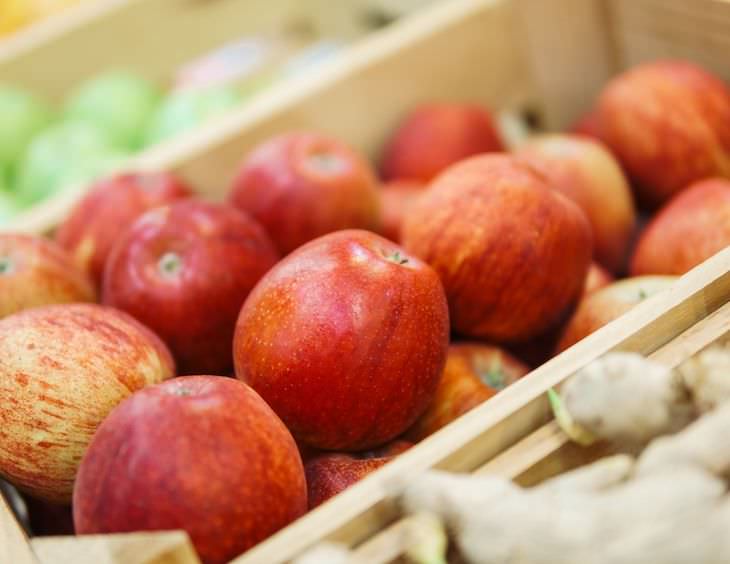
Apple juice enjoys a good reputation, but not every apple juice product is as ‘natural’ as the label suggests. The same goes for fresh apples at the grocery store. Their glossy look and waxy texture come from a compound called Diphenylamine (DPA). Most commonly, DPA is applied as a drench treatment to the fruit 7 days following harvest and prior to storage.
The European Food Safety Authority (EFSA) has recently blocked American apples treated with DPA because the chemical was linked to various types of cancer. More research is needed to determine the extent of its danger, but Europe is waiting until DPA is proven safe.
Related: It’s Safer to Buy These 10 Fruits and Vegetables ORGANIC
7. Synthetic Food Dyes (Blue 1, Blue 2, Yellow 5, and Yellow 6)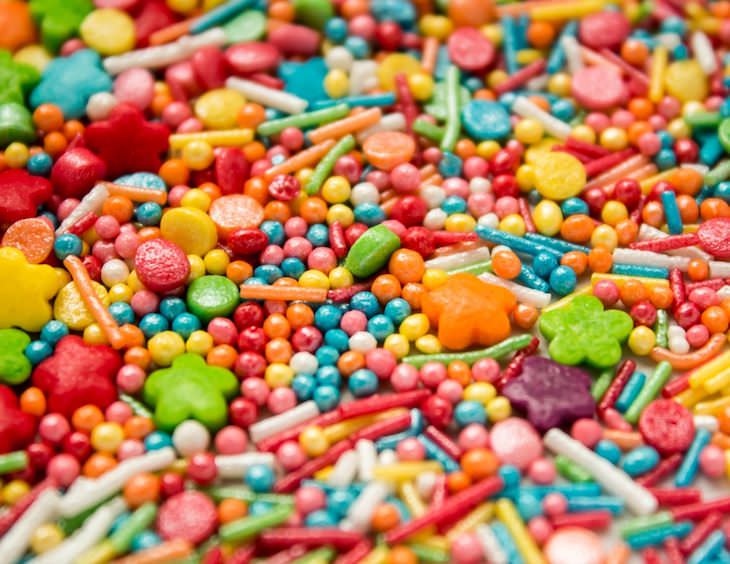
Synthetic food dyes are still common in the United States. They are used to make foods more attractive and appetizing, especially for kids. Think glazes on baked goods, rainbow cereals, and multi-colored candy. According to registered dietitian Eliza Savage, “In Europe, many products with food dyes have been taken off the shelves, labeled as dangerous, or had the dye removed as they have been linked to hyperactivity in children.”
As per the Center for Science in the Public Interest (CSPI), these dyes may also cause organ damage, cancer, and allergic reactions.
8. Ractopamine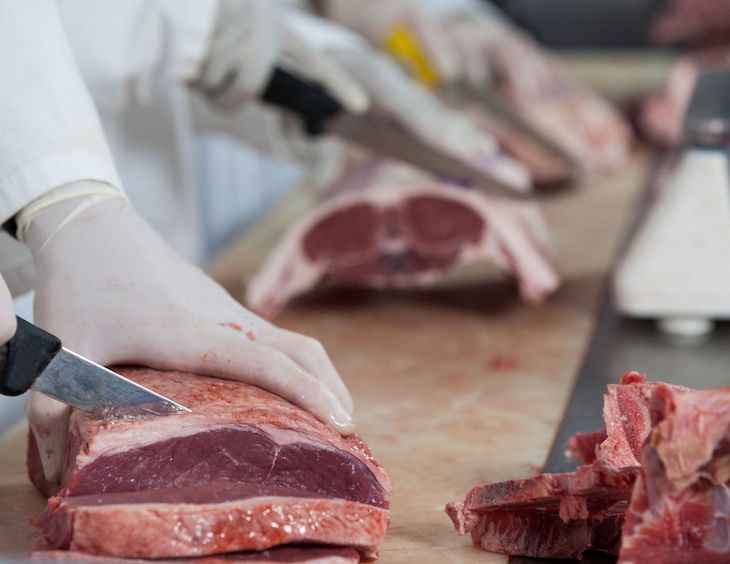
Ractopamine is an additive banned in at least 160 countries, including China, Russia, and the EU. It’s used to promote weight gain in cattle, turkey, and pigs.
Like other harmful substances fed to animals, some of it is left in the meat you buy. Ractopamine has been linked to reproductive and cardiovascular damage in humans, and there are safety concerns for the animals that consume it too. To avoid Ractopamine, it’s best that you buy your meat organic.
Share this information with others
 Go to BabaMail
Go to BabaMail











